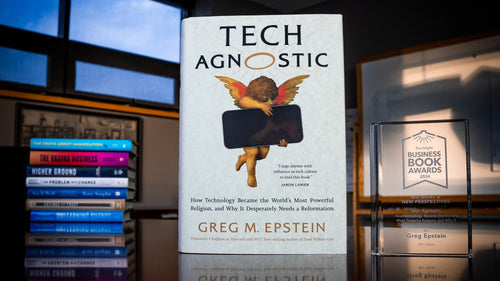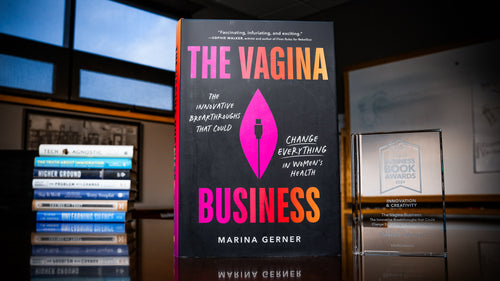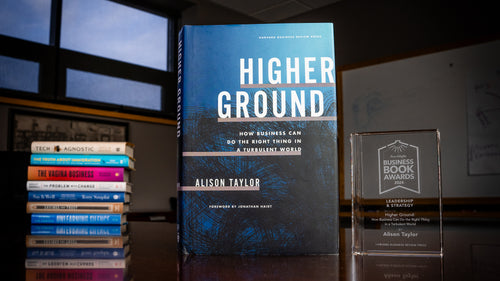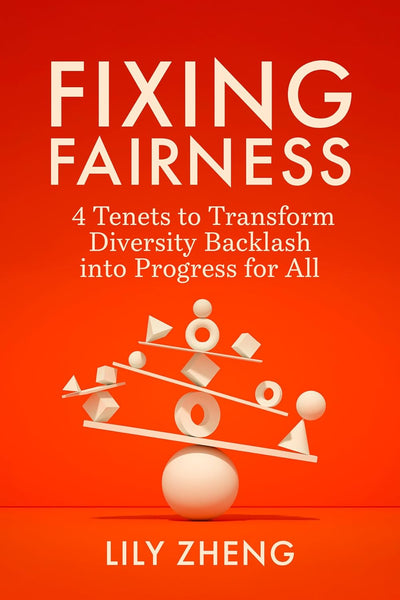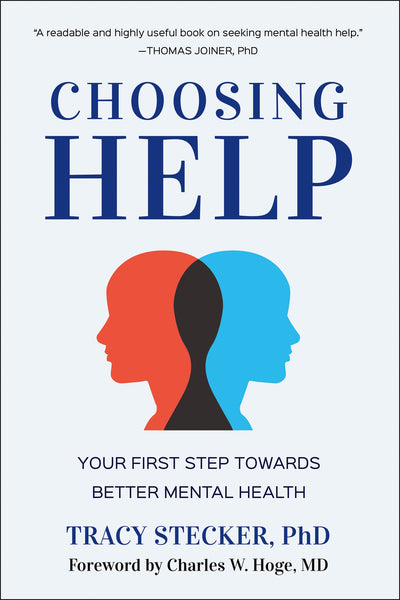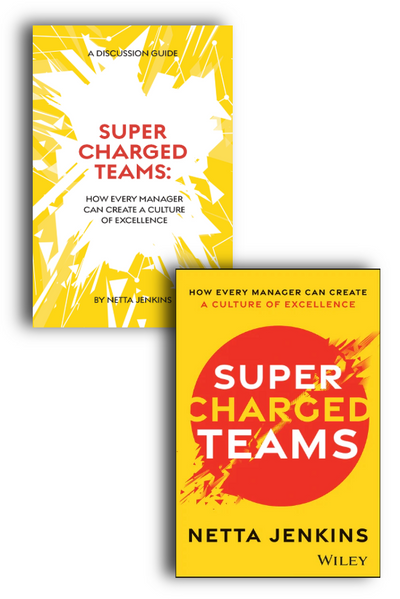An Excerpt from Thinking Bigger
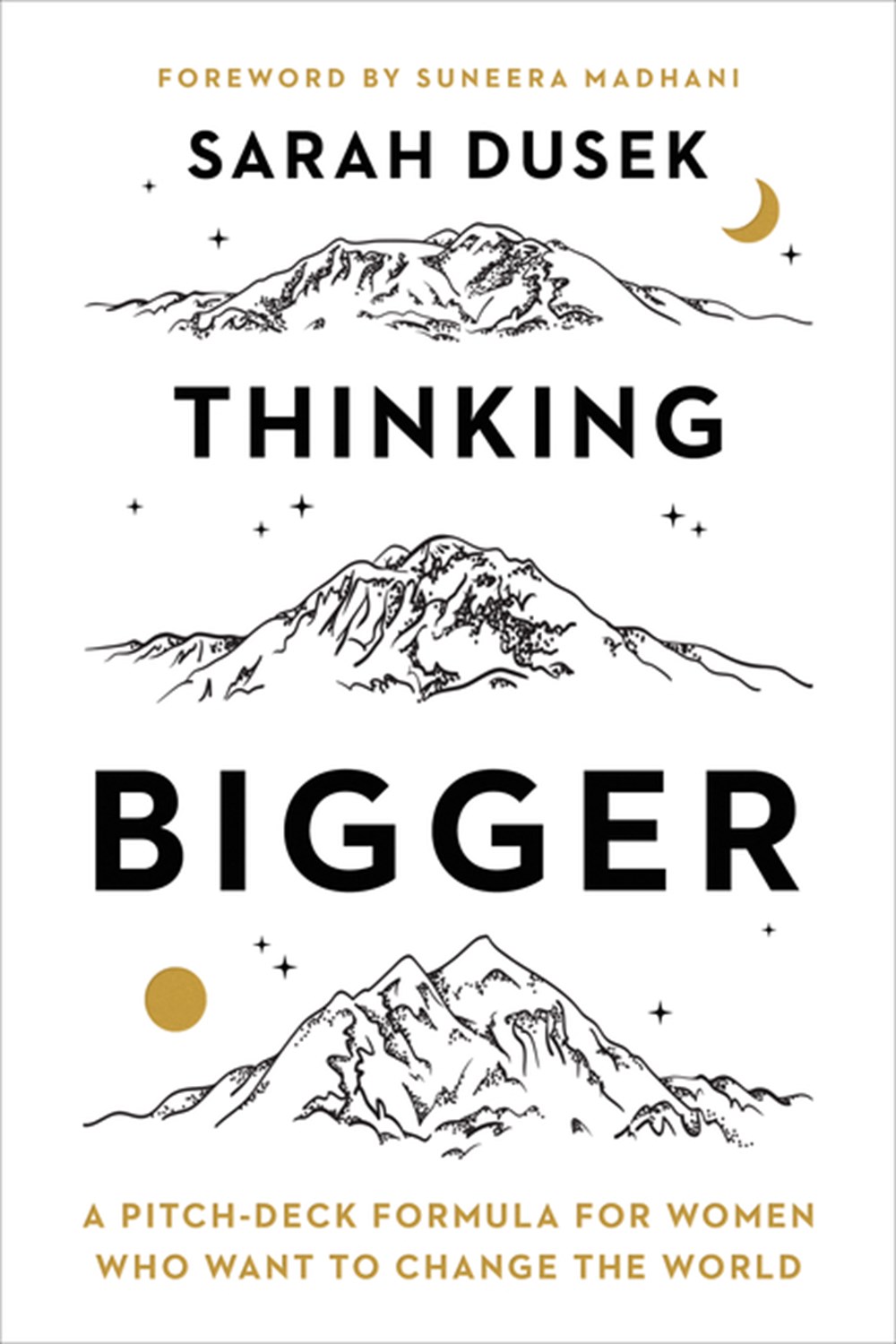 The lack of female representation among top-earning business founders is surprising when compared with the number of women who start businesses. Fewer than thirty women in history have taken companies they founded public on leading stock exchanges. Although consistent references to "women and small business" dominate global development strategies and influence public policy, women are granted less than 2 percent of all venture capital investments annually.
The lack of female representation among top-earning business founders is surprising when compared with the number of women who start businesses. Fewer than thirty women in history have taken companies they founded public on leading stock exchanges. Although consistent references to "women and small business" dominate global development strategies and influence public policy, women are granted less than 2 percent of all venture capital investments annually.
Thinking Bigger is designed to provide women with the keys to unlocking capital and thinking bigger. Its author, Sarah Dusek, an entrepreneur and a venture capitalist, shares personal anecdotes highlighting obstacles that women face in business and how to overcome them. She reveals the metrics that really matter to venture capitalists and how to pitch them successfully. Her book delves into the art and science of creating a winning "pitch deck"—the standard formula for pitching to investors, from crafting a compelling story to using data and design to make a lasting impact.
Thinking Bigger positions women to get the financing they need—to build big businesses, to scale their endeavors, and to make a positive impact on our world.
The excerpt below come from Chapter 8, and explains why and how you should consider hiring new talent even if you're unsure you're ready.
◊◊◊◊◊
Questions I hear all the time from early-stage entrepreneurs around hiring are: “How do you know who you need when? How should I think about hiring when cash is exceptionally tight?” It is easy to assume that if we don’t have surplus cash, we can’t invest in hiring top talent. But this is not true. If you don’t have talented people on board, you are unlikely to significantly grow the business and increase your cash. You can’t afford to not hire top talent— people are an important resource. Too often women wait to hire, not seeing how essential it is to surround themselves with talented people. Women so often get stuck in scarcity mindsets that keep them thinking that resources are scarce, rather than getting creative with how to make those resources go a long way. Thinking there is not enough of anything, people, resources, and cash certainly means there isn’t enough. Whereas finding creative strategies to build your team will mean that you are likely to create the resources you are looking for.
Instead of waiting and not hiring or being stuck in the mindset that we should just do everything ourselves, we need to get creative and strategic about who to hire and when. For example, in the early stages of your business, you are unlikely to be able to afford or need a full-time Chief Financial Officer (CFO) and so levering the services of a part-time CFO who can help you understand your numbers, prepare financial management reports, and help you get better visibility on what's going on in your business can add huge value to your business without adding a huge cost.
The most significant thing you can do when thinking about who to hire next is to consider who will create the greatest return on investment (ROI). In other words, who will bring the most value, make the biggest impact on the business and potentially pay for themselves by bringing them on board? It's easy to think about salespeople in this way but revenue-generating people are not the only people who can create ROI. Being clear about what you want to make possible should help you determine who you need on the team to make that possible. Knowing who you need is half the battle in figuring out specifically who will be the right fit for your growing team and how you build the kind of team culture that’s going to be able to deliver on your vision.
In the early days of Under Canvas, we made a conscious decision to hire people who were passionate about the outdoors. We believed that people who loved where they were and who wanted to recreate themselves in nature would potentially be a great fit for what we were trying to create. We believed that if our employees were passionate about getting outside and loved to travel that they would love their jobs and be passionate advocates of what we were building. We quickly discovered our “culture fit.” Years later when I was leading a group of female entrepreneurs on a retreat at one of our camps one of the women took me aside and asked me; “I’ve stayed at several of your camps now and every location has the same great vibe among your amazing attentive staff. How have you been able to do that?” The answer was simple: we hired for culture fit.
Culture fit is consciously determining who your people are. Defining what your people love and like, how they behave, what they value, and how they act. Culture fit is a set of behaviors that end up making up the way a group of people exists together. It isn't one specific personality type but more a way of being or the way you want people to be.
When we defined and developed our culture, we started with a love of the outdoors and travel knowing that we needed passionate people who would be OK working in the sun, rain, snow, and wind. But we went further and crafted what I call our “Rock Star” list comprised of a granular look at what A-list players look like. A list of qualities and behaviors that define the characteristics of a person that would make them a rock star or an A-list player in your eyes. Here are a few of the characteristics that made it onto my rock star list:
- Self-Starter - able to operate independently without much supervision. No one needs to monitor or check on you constantly.
- Great problem solver - brings solutions and doesn’t just point problems out for someone else to fix. Solution finders.
- Cares and is passionate about their work and what they are doing. They are emotionally and mentally connected.
- Asks lots of questions to learn fast.
- Always assumes the best in others, not the worst.
- Not rude or abrupt
- Treats every client/partner/customer well demonstrating we value them deeply even if they do not behave well toward us.
- Doesn’t point the finger or blame others. Takes responsibility and owns it.
- Goes above and beyond the call of duty.
- Empowers and supports others and never thinks or says, “That's not my job.”
These are just some of my examples, and I probably had twenty more characteristics on my list. This list can be as long as you like but it should extensively describe behaviors, ways of being, and actions that demonstrate what makes someone a great fit for your company. A behavior should always have an action or actions associated with it. The more actual behaviors are on this list the easier it is for people to act in those ways. If for example, you say a rock star is honest – it might be better to define it further by saying “A rock star is someone who acts the same even when no one is looking. They are honest and trustworthy whether someone is watching or not.”

